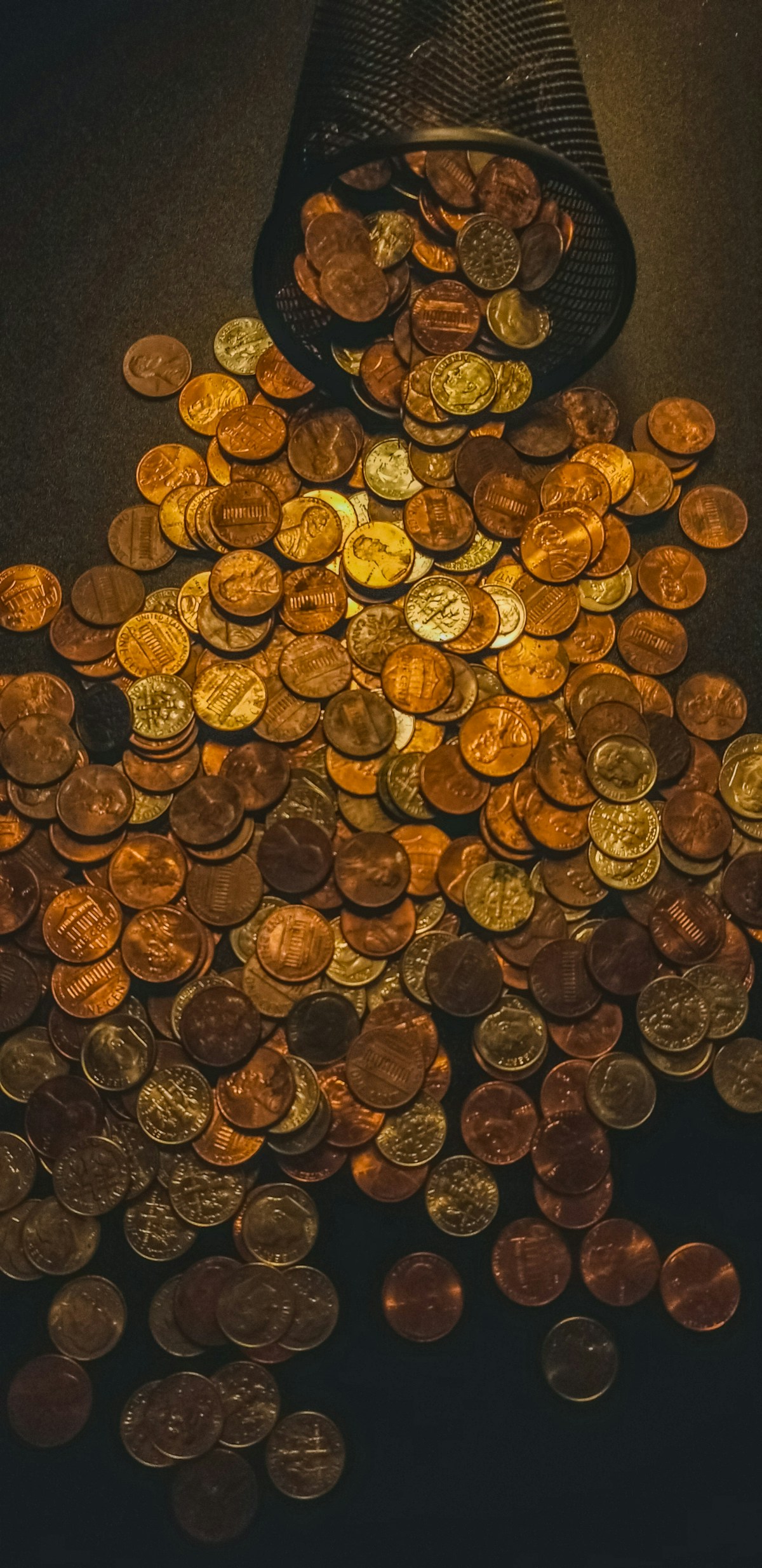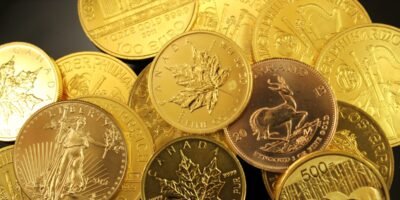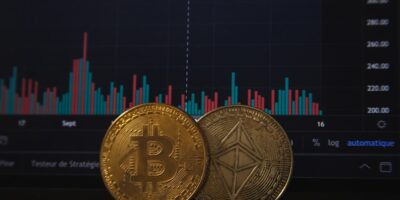Understanding the Value of a Quarter
Quarters are the heart of pocket change in the United States. For decades, people have collected, spent, and sometimes overlooked this coin. Little do many know, there’s much more to this piece of currency than its face value of 25 cents.
The History of the Quarter

The quarter, first issued in 1796, had its roots in the Spanish milled dollar. The quarter was born out of necessity for practical trade. The Coinage Act of 1792 paved the way for this denomination, alongside the U.S. Mint’s establishment.
Over time, the quarter’s design evolved. The original Draped Bust was replaced by the Capped Bust in 1815. The Seated Liberty then dominated most of the 19th century. The familiar Washington Quarter first appeared in 1932. Honoring George Washington’s 200th birthday, it quickly became a staple of American currency. The design largely remains unaltered today, apart from specific commemorative alterations.
The Composition and Production
Quarters were initially made from silver. In the early 1900s, a switch to a combination of copper and nickel took place. The Treasury Department made this change to preserve precious metal supplies. The current quarters are known as clad coins. They have a copper core and an outer layer of 75% copper and 25% nickel.
The U.S. Mint facilities in Philadelphia, Denver, and San Francisco produce quarters. Each mint marks the quarter under its emblem. Circulation or special releases influence mintage numbers and patterns.
Quarter Varieties and Collectibility
Contrary to other coins, quarters attract a wide range of collectors. Special series like the 50 State Quarters, America the Beautiful, and Bicentennial quarters have cultural and historical significance.
- 50 State Quarters (1999-2008): These celebrated each of the 50 states. They sparked a collection frenzy, appealing to children and seasoned collectors alike.
- America the Beautiful Quarters (2010-2021): This series focused on national parks and prominent sites across the country. Collectors enjoy the artistic designs, adding to the challenge and excitement of collecting full sets.
- Bicentennial Quarters (1975-1976): Issued to celebrate the nation’s 200th anniversary, these quarters featured a special reverse design.
The Economic Role of Quarters
Quarters serve a practical role in everyday transactions. They find frequent use in vending machines, laundromats, and parking meters. Their reliability for small amounts helps maintain their frequent production and circulation.
The Material costs to produce a quarter add up to less than their face value, making them profitable for the mint. The quarter’s role and low production cost confirm its needed place in American currency.
Modern Innovations Involving Quarters
In recent years, digital payments have started replacing physical coins. However, quarters remain significant in areas without access to card readers or the internet. Emerging developments may reinforce or change this in the future.
Innovations like contactless payment solutions might impact the demand for quarters. Yet, physical currency acts serve as physical backups during technical difficulties. Quarters, as a result, continue to serve as convenient and reliable backups.
Educational Programs and Their Impact
Programs promoting quarters engage and educate students and the public on history and economy. Initiatives like Coin Collecting for Kids highlight this intersection of history and economics. These programs encourage the joys of collecting while offering a gateway to learning about U.S. history and innovation.
Schools and libraries often participate in these initiatives, offering workshops and exhibits ensuring the legacy of quarters transcends generations.
Conclusion
The quarter is more than loose change. It carries history, offers economic practicality, and provides endless collecting opportunities. Understanding its role and design evolution adds depth to appreciating everyday transactions. Its cultural significance remains intact—and its place in pockets, too.
Recommended Collecting Supplies
Coin Collection Book Holder Album – $9.99
312 pockets for coins of all sizes.
20x Magnifier Jewelry Loupe – $13.99
Essential tool for examining coins and stamps.
As an Amazon Associate, we earn from qualifying purchases.




Subscribe for Updates
Get the latest articles delivered to your inbox.
We respect your privacy. Unsubscribe anytime.